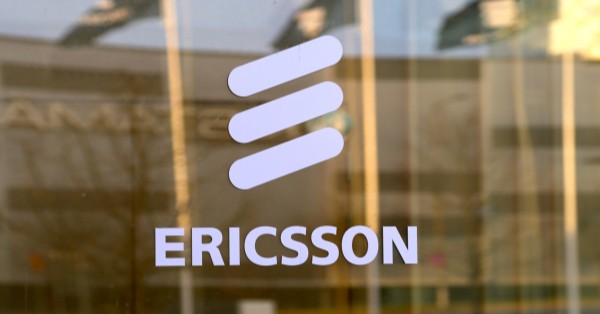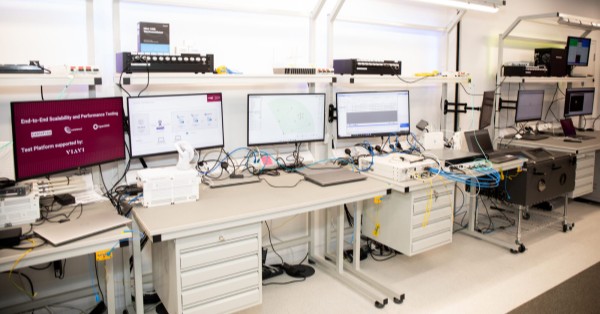Telstra and OneWeb are paving the way for a new era in telecommunications, with plans for a major rollout of OneWeb’s low Earth Orbit (LEO) backhaul for a commercial mobile network. The move comes after successful trials in Australia, where the two companies have reached an agreement to switch hundreds of existing remote mobile base stations, presently using satellite backhaul, to OneWeb’s cutting-edge LEO solution, starting later this year. Telstra will also integrate OneWeb’s LEO services into future sites where satellite backhaul is either the preferred or the only practical option.
This ambitious collaboration is intended to channel up to 25 Gbit/s of LEO capacity to Telstra’s most remote mobile customers across Australia. It will not only improve the user experience with real-time applications such as video and voice calls but also pave the way for the expansion of mobile coverage to new remote site deployments. The partnership represents a significant leap in leveraging space technology to address terrestrial communication challenges.
Nikos Katinakis, Group Executive of Global Networks and Technology at Telstra, welcomed the agreement as the beginning of a fruitful, long-term partnership with OneWeb. He remarked, “This collaboration enables us to diversify our services for consumers, small businesses, and enterprise customers in rural and regional Australia, particularly those that demand added redundancy during a power or transmission incident. Our primary focus is to leverage the service as a backhaul medium to interconnect remote mobile base stations. In the long run, this partnership also presents us with opportunities to deliver voice and fixed broadband services to regional Australia.”
The alliance with OneWeb promises to augment Telstra’s regional coverage and aligns with the T25 commitment, which aims to deliver an additional 100,000 square kilometres of mobile coverage by the end of FY25. Telstra is also planning to extend the testing program for other use cases, including network backhaul resilience, such as a backup to fixed backhaul for selected critical sites. Furthermore, the partnership opens up possibilities for emerging use cases for business, enterprise, and government customers, including IoT and mobile connectivity for the emergency services agencies, mining, oil and gas sector.
David Thorn, Vice President, APAC at OneWeb, hailed the partnership as a major step forward. He stated, “For the first time in Australia, we’re partnering with a major player like Telstra to deliver OneWeb’s service across an entire continent. This is going to be greatly beneficial for remote users, including consumers, enterprises, and government agencies.”
OneWeb, with its current constellation of more than 630 satellites in orbit, and an aim to have global coverage by the end of the year, anticipates the launch of its services in Australia by mid-year. A worldwide service rollout is also projected to be in place by early 2024.
This partnership is a key element in Telstra’s T25 ambition to solidify and expand its network leadership position and to widen mobile coverage across the country. It also underlines the growing significance of LEO satellite networks in bridging the connectivity gap, particularly in remote and hard-to-reach locations.

























